If I asked you how many senses we have, you’d probably say ‘five’, right? Taste, smell, sight, hearing and touch. But there’s actually another sixth sense, which has nothing to do with ghosts or Bruce Willis. It’s called proprioception.
(Before I get into this, I’m no scientist. So if I’ve got any details wrong in this article, please forgive me. And don’t shout at me.)
Proprioception, also known as kinaesthesia, is the sense that lets your brain know where your body is in space. Which basically means it’s how you know where and what your legs, arms and other extremities (stop it) are doing. You don’t need to look down at your feet to know where they are. That’s proprioception, right there.
So how does it work? Well, we all have cells called proprioceptors in our muscles and joints that process sensory information when our bodies move. And when we stretch our muscles and change the position of our joints, these cells send feedback to our brains, telling them where our arms, legs and body are at any given moment.
Without this sense, we wouldn’t be able to do anything much really. For example, if I have a gin and tonic, I don’t have to look at the glass as I move it to my mouth. That’s because my proprioceptors are sending information to my brain about where my hand is. I also don’t smash the glass into my own face (unless it’s the fourth or fifth gin and tonic), which is again thanks to my proprioceptive sense making sure my hand moves smoothly and at the right speed to get to my mouth.
Another good example is walking. You don’t need to look at your feet to lift them up, move them forward and put them back down again. That’s because proprioceptors send constant sensory information to your brain about where your hips, knees, ankles and toes are, and make sure you don’t fall over (most of the time). Proprioceptors are also constantly working in the background to make sure we use the right amount of force when we’re pulling or pushing something, and the right speed when we move our limbs. So we don’t end up breaking all the gin and tonics when we do a cheers, or punching people when we try to shake hands (unless we really don’t like them).
As a concept, proprioception has been around since 1557, where it was described by one Julius Caesar Scaliger (an Italian scholar and physician) as a ‘sense of locomotion’. In 1827, Charles Bell, a Scottish surgeon, anatomist, physiologist, neurologist, artist and philosophical theologian (and show-off, presumably), called it ‘muscle sense’. This was obviously deemed too easy to understand by the scientific community, and in 1906 the term ‘proprio-ception’ was coined by Charles Scott Sherrington, an English neurologist. This comes from the Latin word ‘proprius’, which means ‘one’s own’ or ‘individual’, and ‘capio’/‘capere’ meaning ‘to take’ or ‘grasp’. So it’s basically about grasping oneself in space. Which sounds like a sci-fi porn film, but you get the idea.






